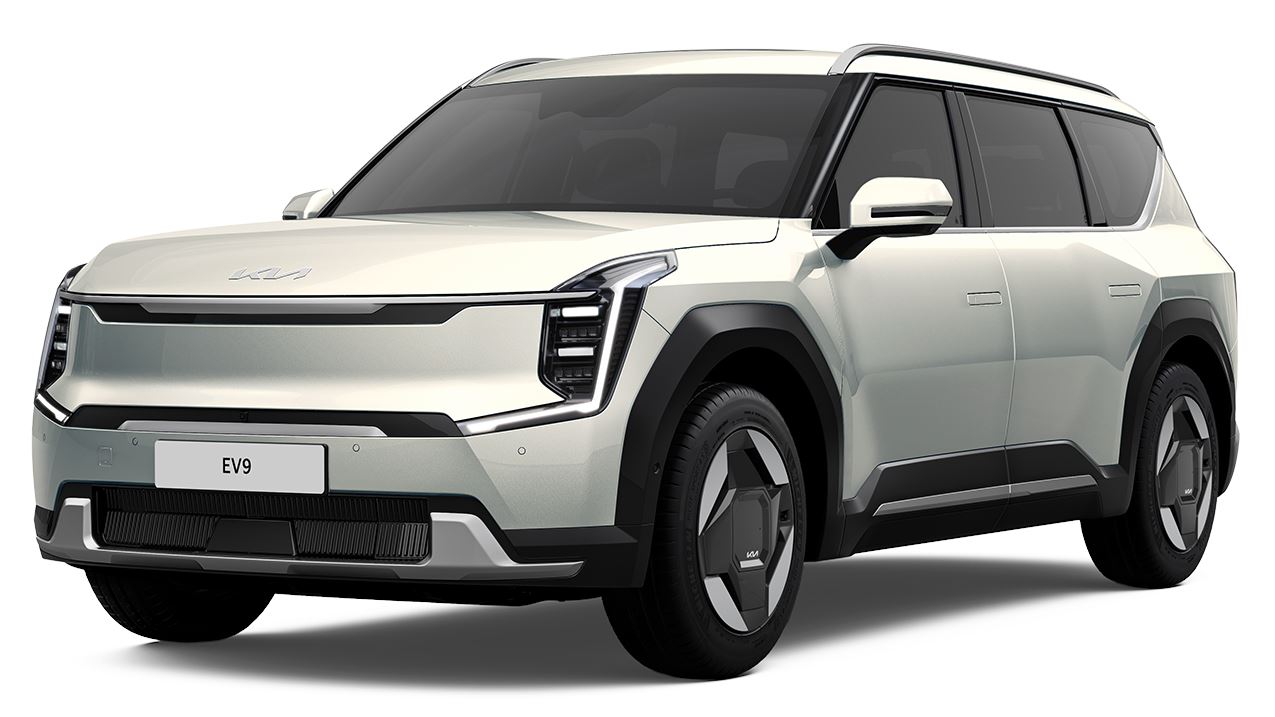Kia EV9
GT-line electric AWD automatic
Sustainability Rating: 3 stars
Our verdict:
The EV9 is a large electric SUV with an empty mass of 2.7 tonnes and a 100 kWh battery. Correspondingly, these figures greatly impact the vehicles' life cycle emissions and energy demand. The huge cabin volume, high auxiliary energy demand and the SUV body take additional toll on the car's consumption figures. Being the biggest EV that Green NCAP has ever tested, with 56% percent average score this giant can only collect 3 stars.
- The EV9 has no exhaust emissions but suffers from high tyre and increased brake abrasion, mainly due to its weight. The pollutant emissions of the production processes and those related to the supply of the electric energy are also significant.
- Its life cycle energy demand is high, due to increased energy required for production and considerable consumption values in use, especially at motorway speeds and in cold weather.
- Greenhouse gas emissions over the vehicle's life cycle are ~200 g CO2-eq./km, driven by production and electricity supply emissions.
Driving Experience
Our comments:
The large SUV Kia EV9 might consume a lot of electricity but it scores remarkably in the driving experience assessment.
- The estimated real-world consumption figures are high and the car receives poor grades for its energy demand in all driving scenarios. However, it must be noted that Green NCAP assesses the absolute values, regardless of the vehicle class. Consumers interested in the vehicle should also compare its consumption figures to those of similar competitor cars. With a large 100 kWh battery, the resulting driving ranges are seen as adequate. The consumption values displayed on the vehicle's screen are higher than the measured figures.
- A significant driving range can be achieved in cold winter conditions, if the vehicle can be pre-conditioned before the trip, while being plugged to the charger. The cabin heat-up performance of the EV9 is excellent, providing very quickly high thermal comfort in cold conditions. Even in the rear footwell, only 300 seconds were needed to reach 16°C. The fact that the time needed to reach the same temperature in the footwell of the non-occupied rear seat was almost 1,400 seconds, suggests that the vehicle actively provided heat only to the passenger present in the vehicle and used smart management to save energy by not wasting it on non-present occupants. The vehicle's cabin is very well thermally insulated, which helps to reduce energy consumption for heating.
- While the home AC charging performance is found to be adequate with a 87.4% grid-to battery-output efficiency, the EV9 impresses with its fast DC charging capabilities. Furthermore, the vehicle is one of the few EVs on the market to offer high-level bidirectional-charging functionalities.
See datasheet for more details.

